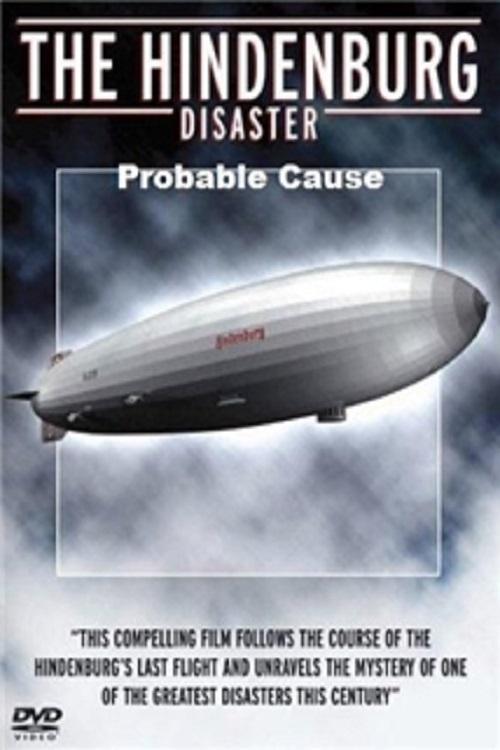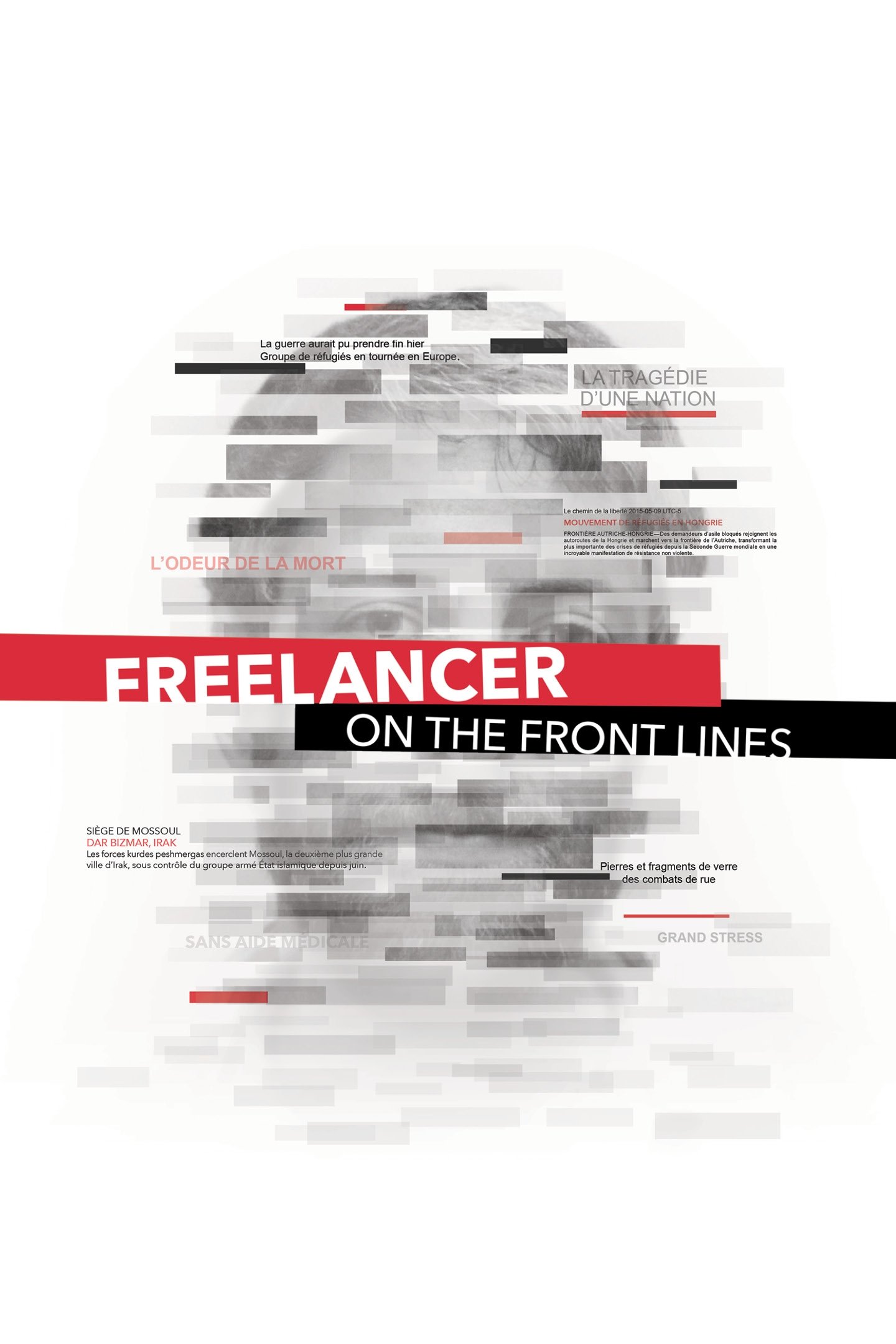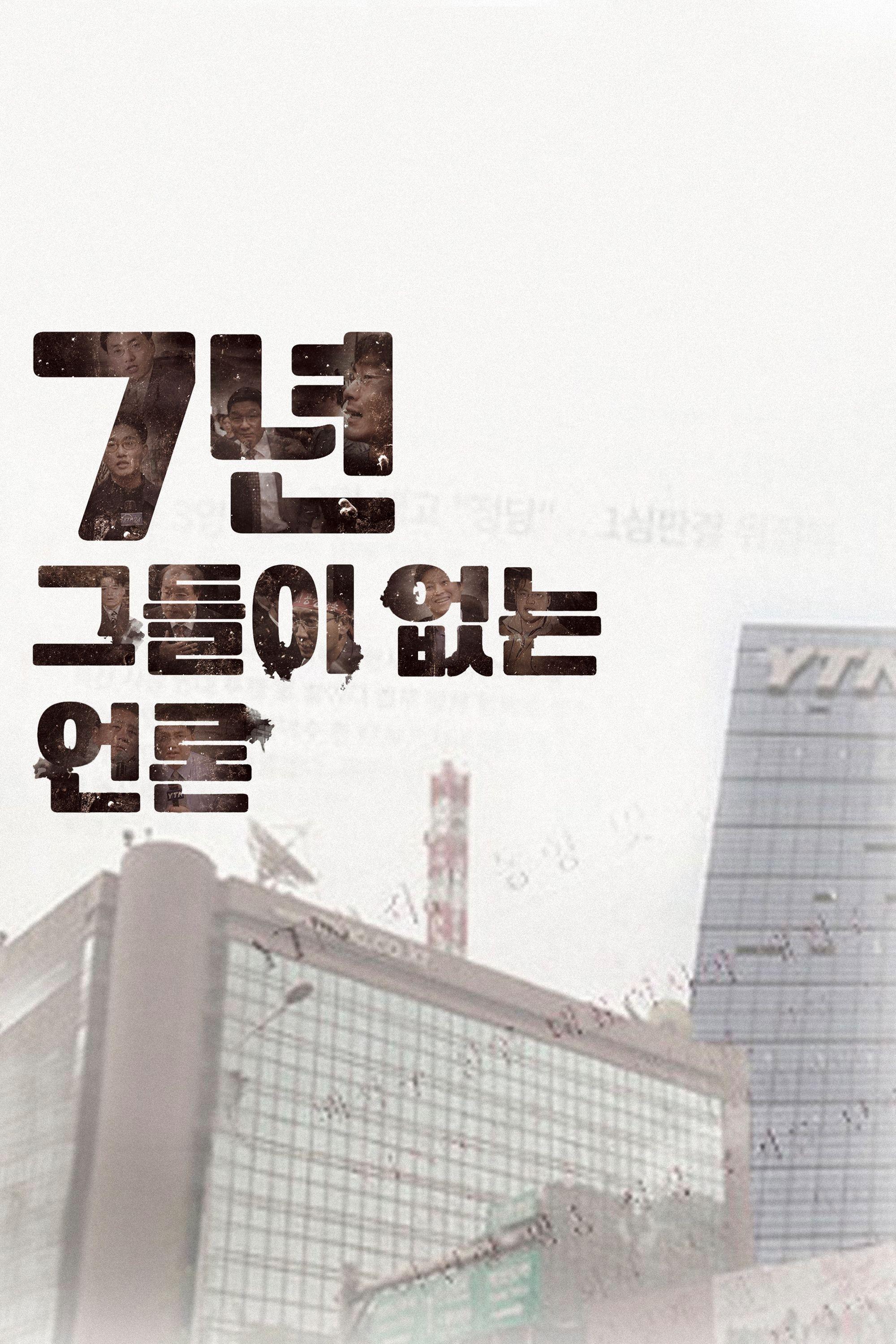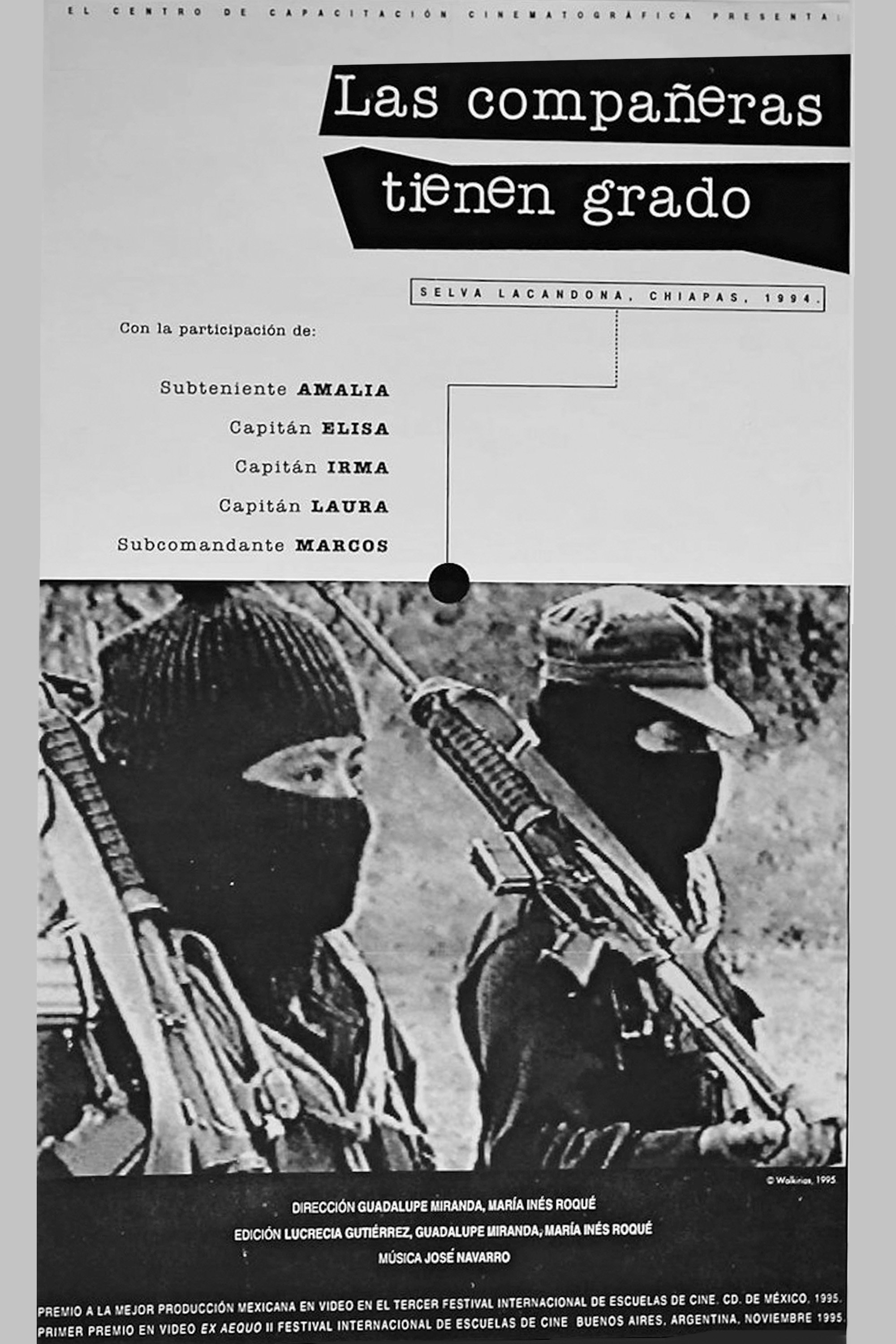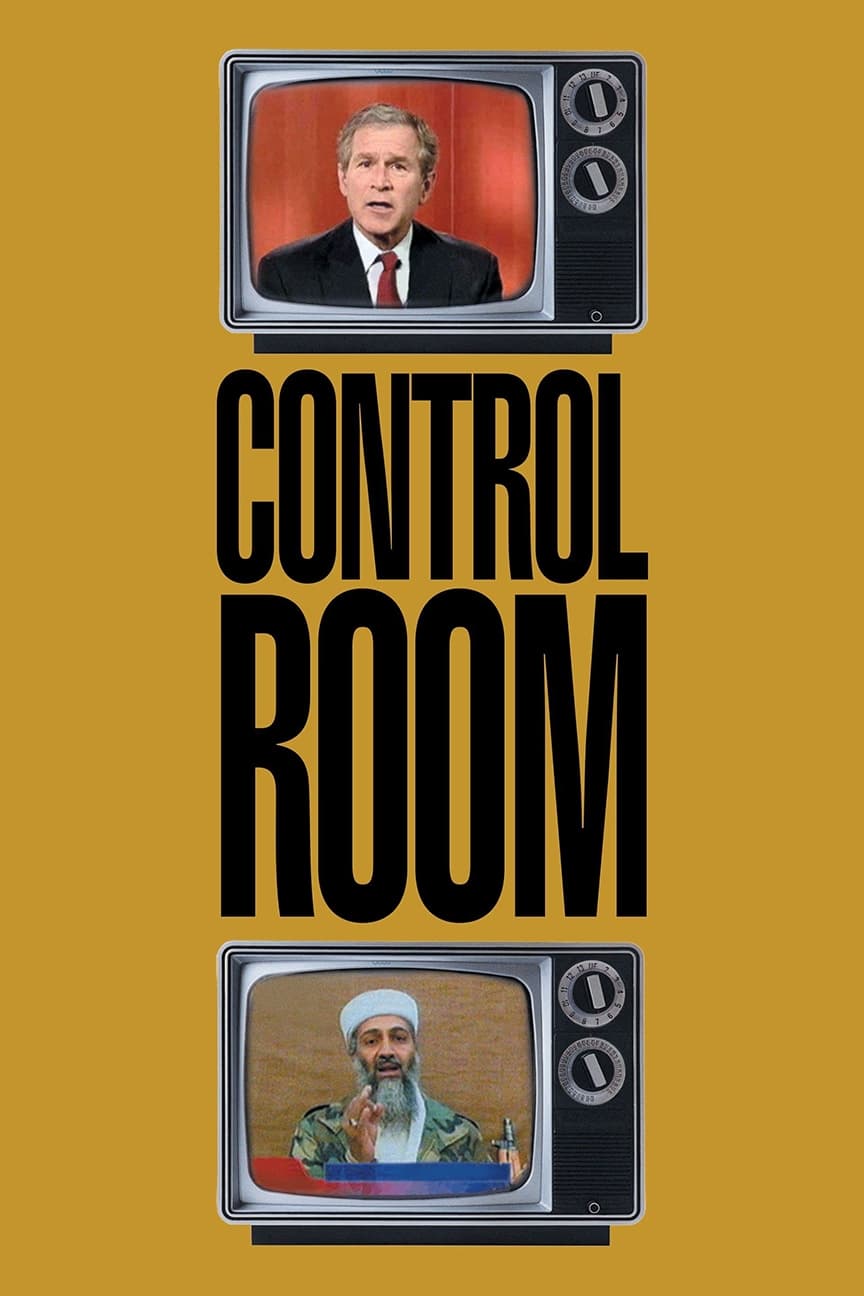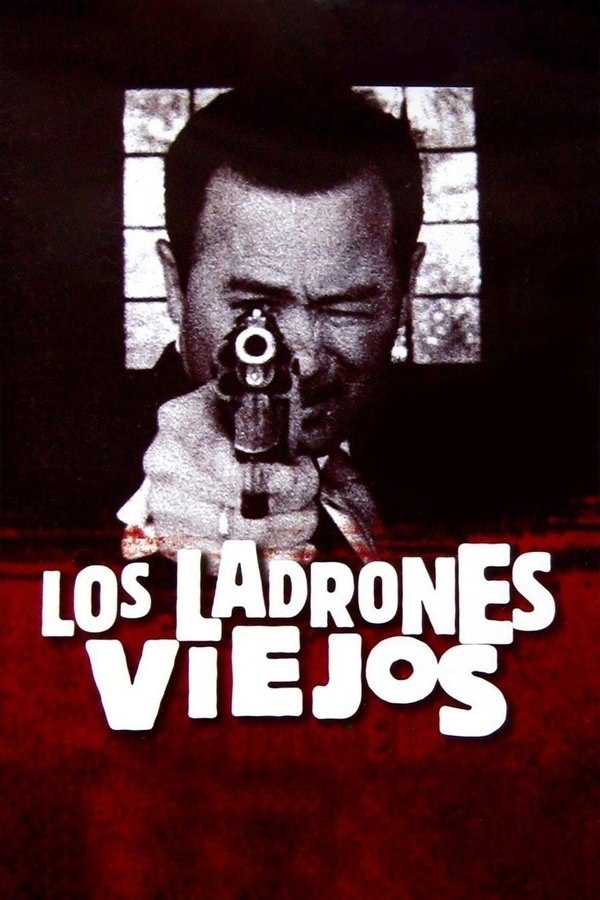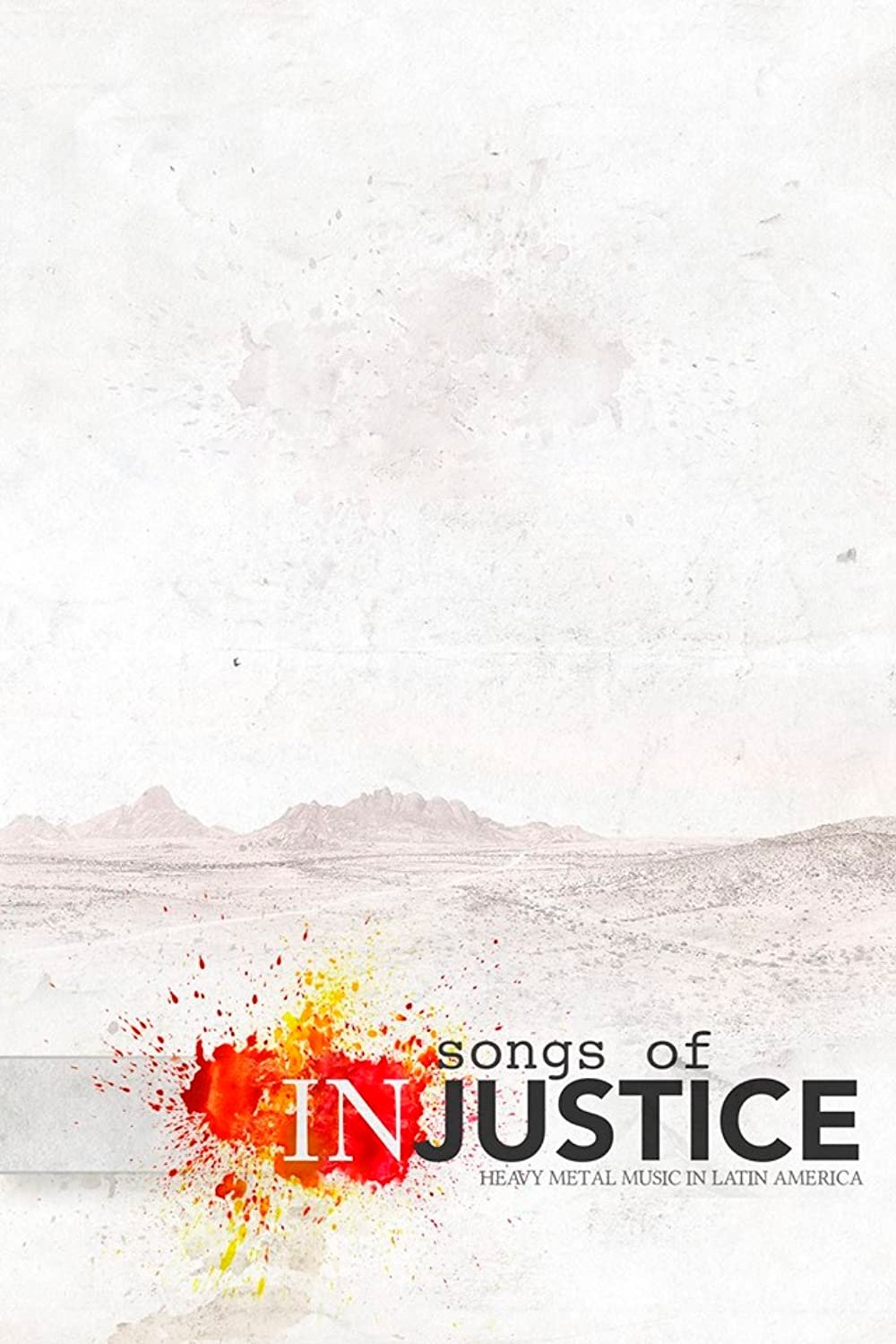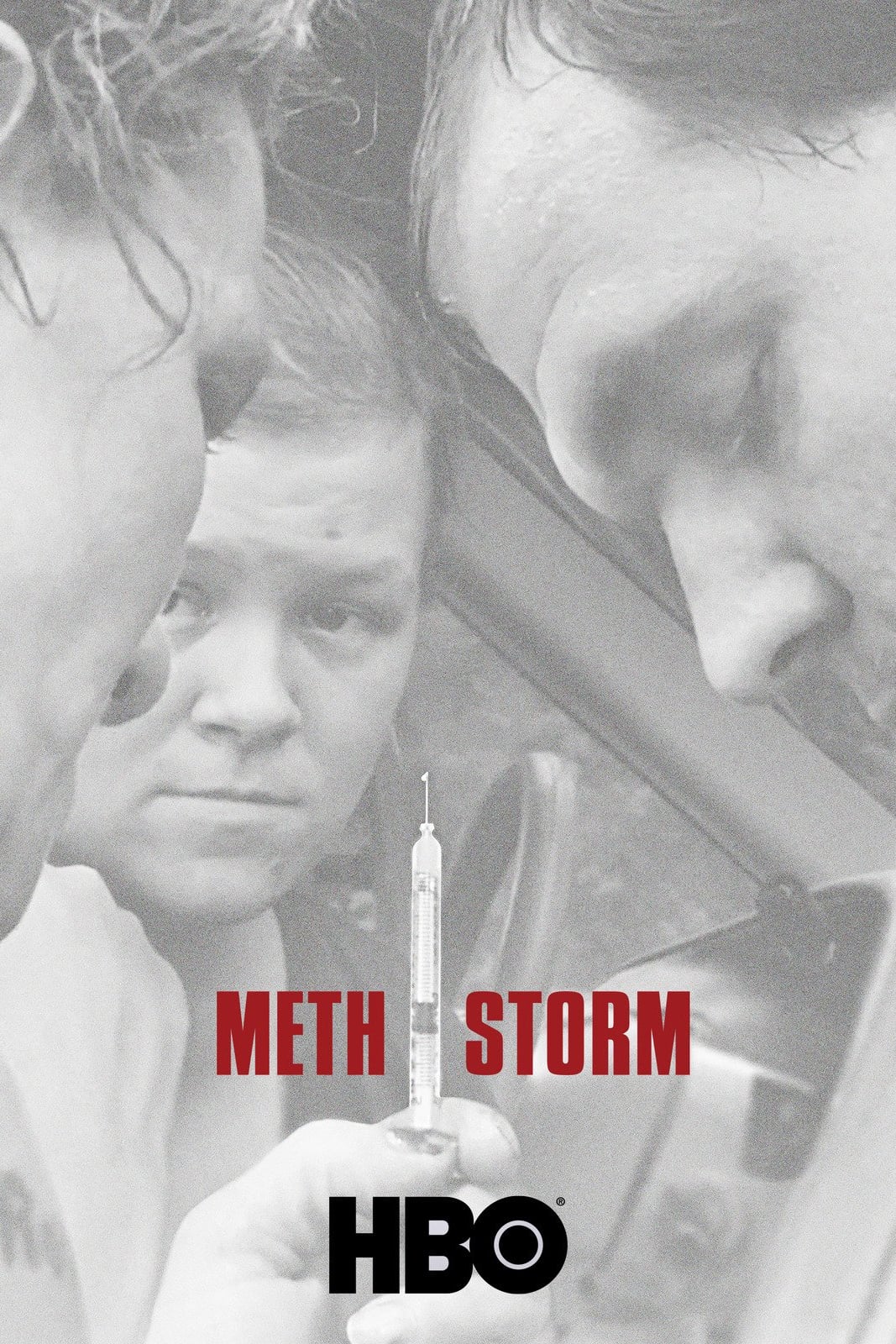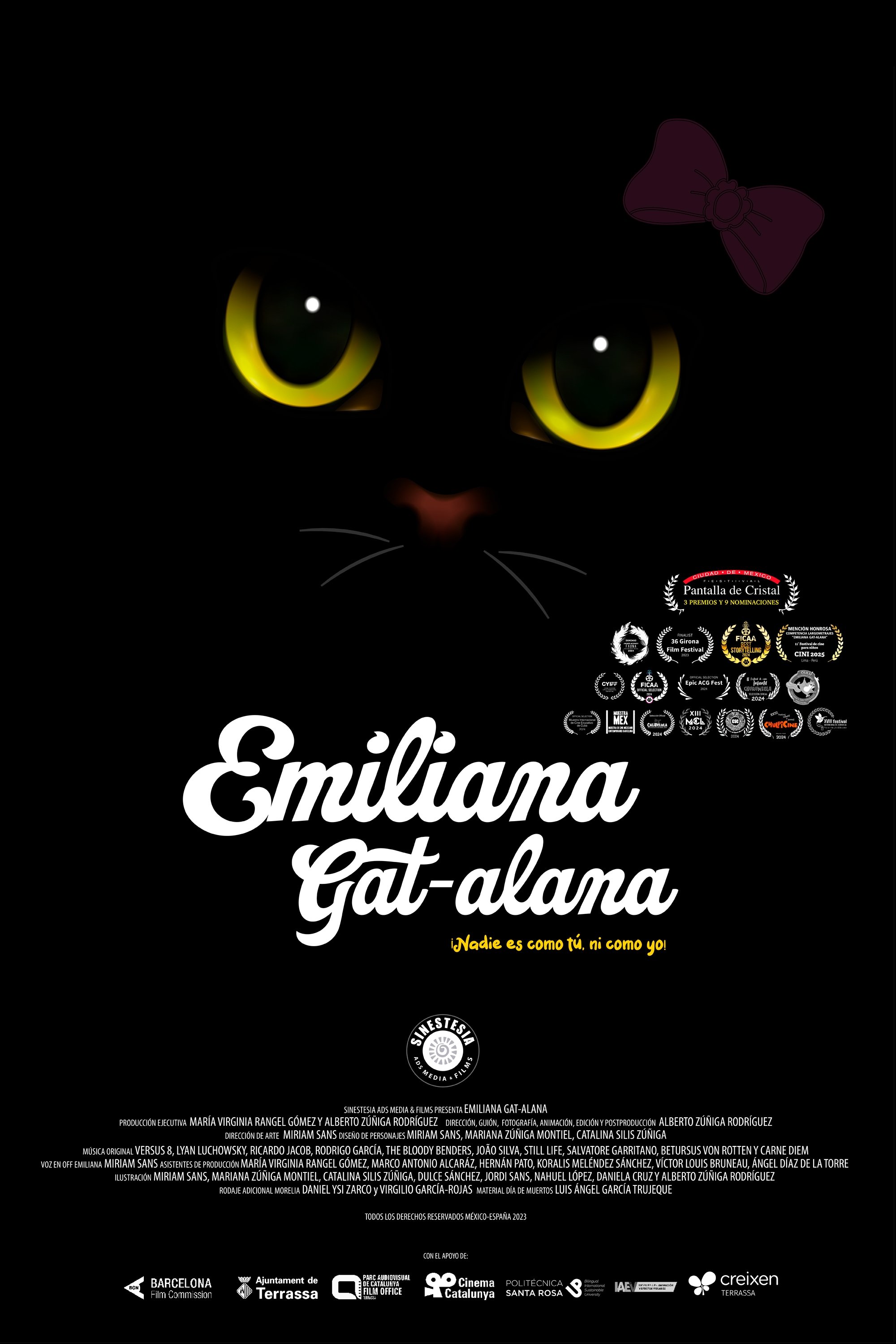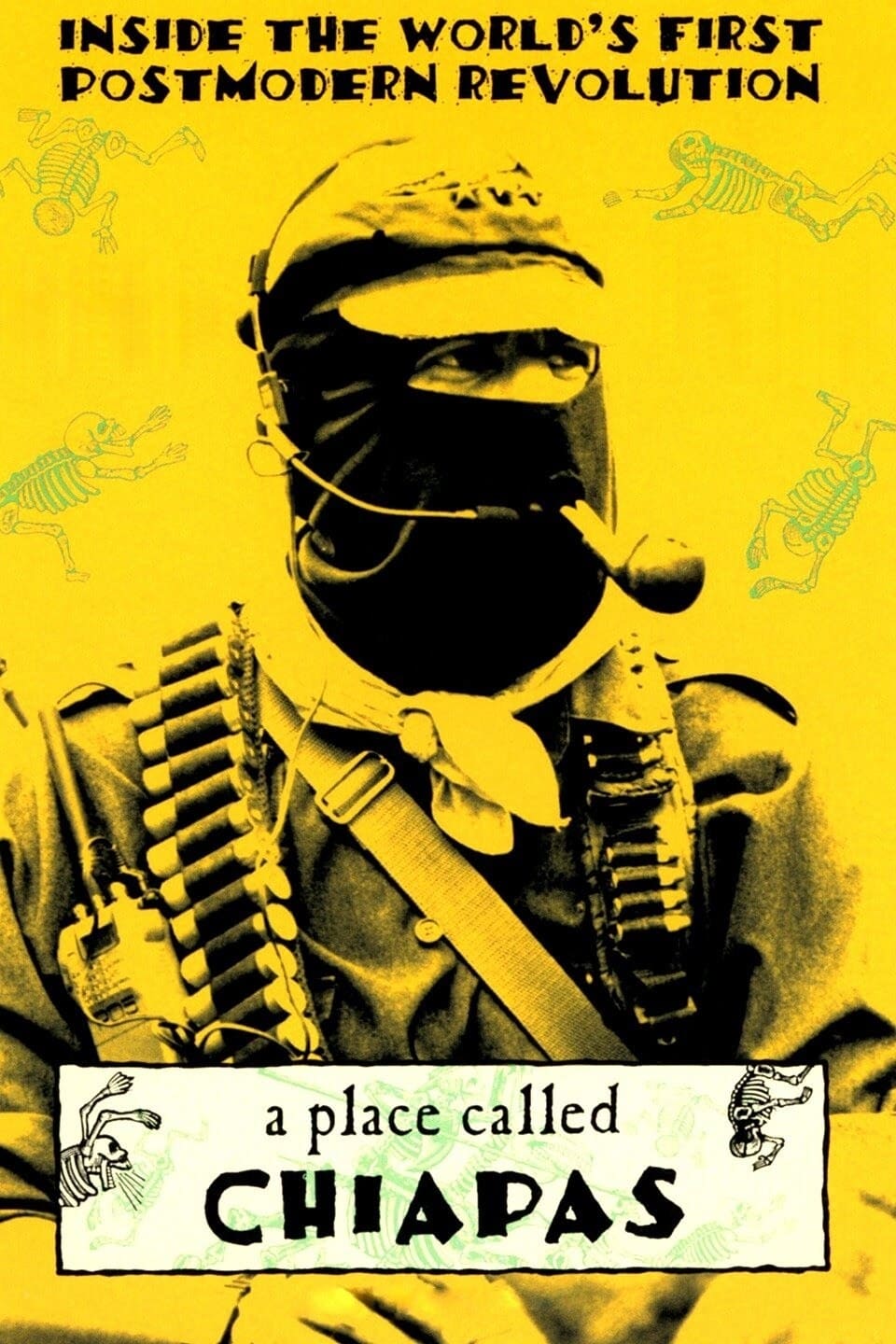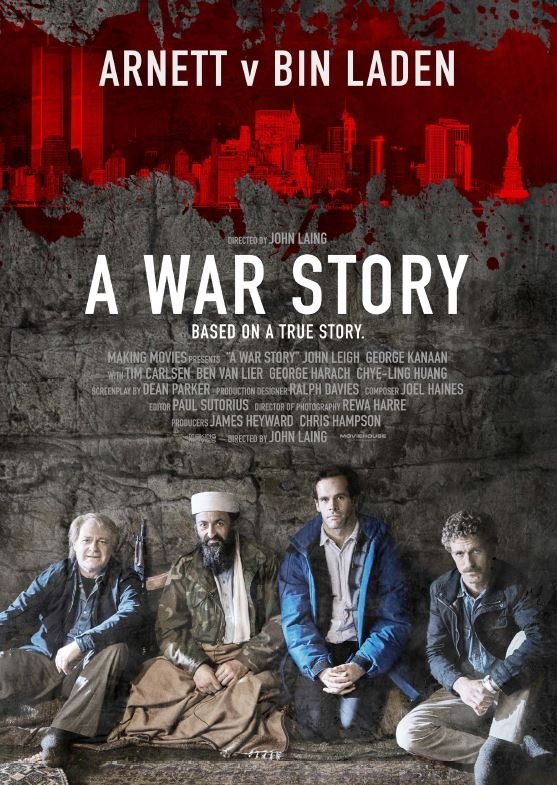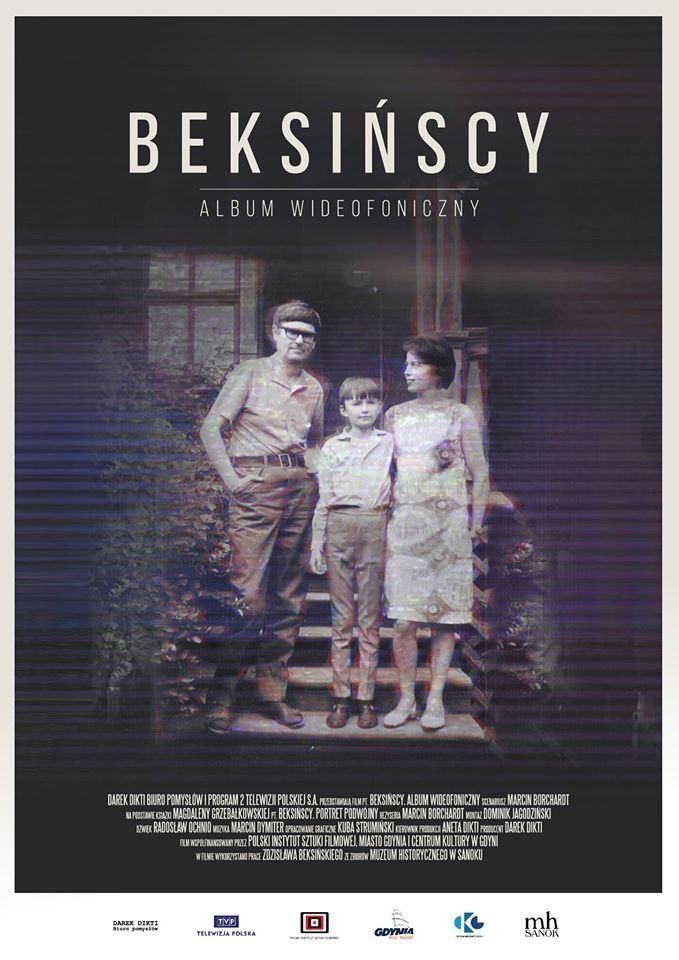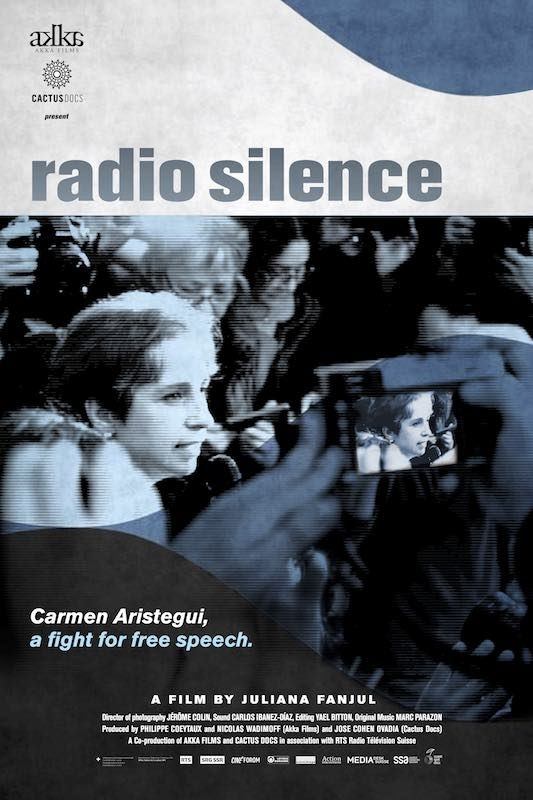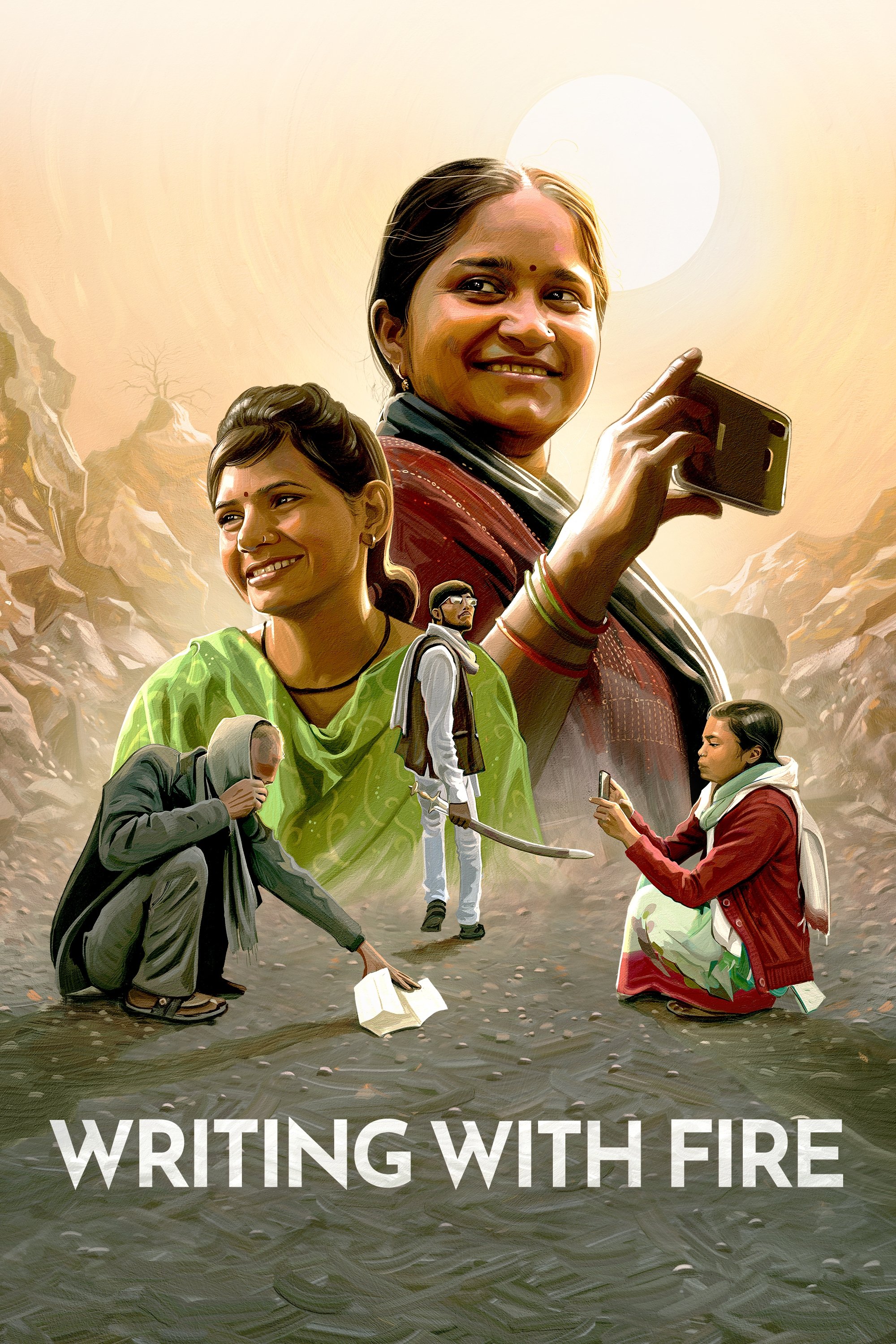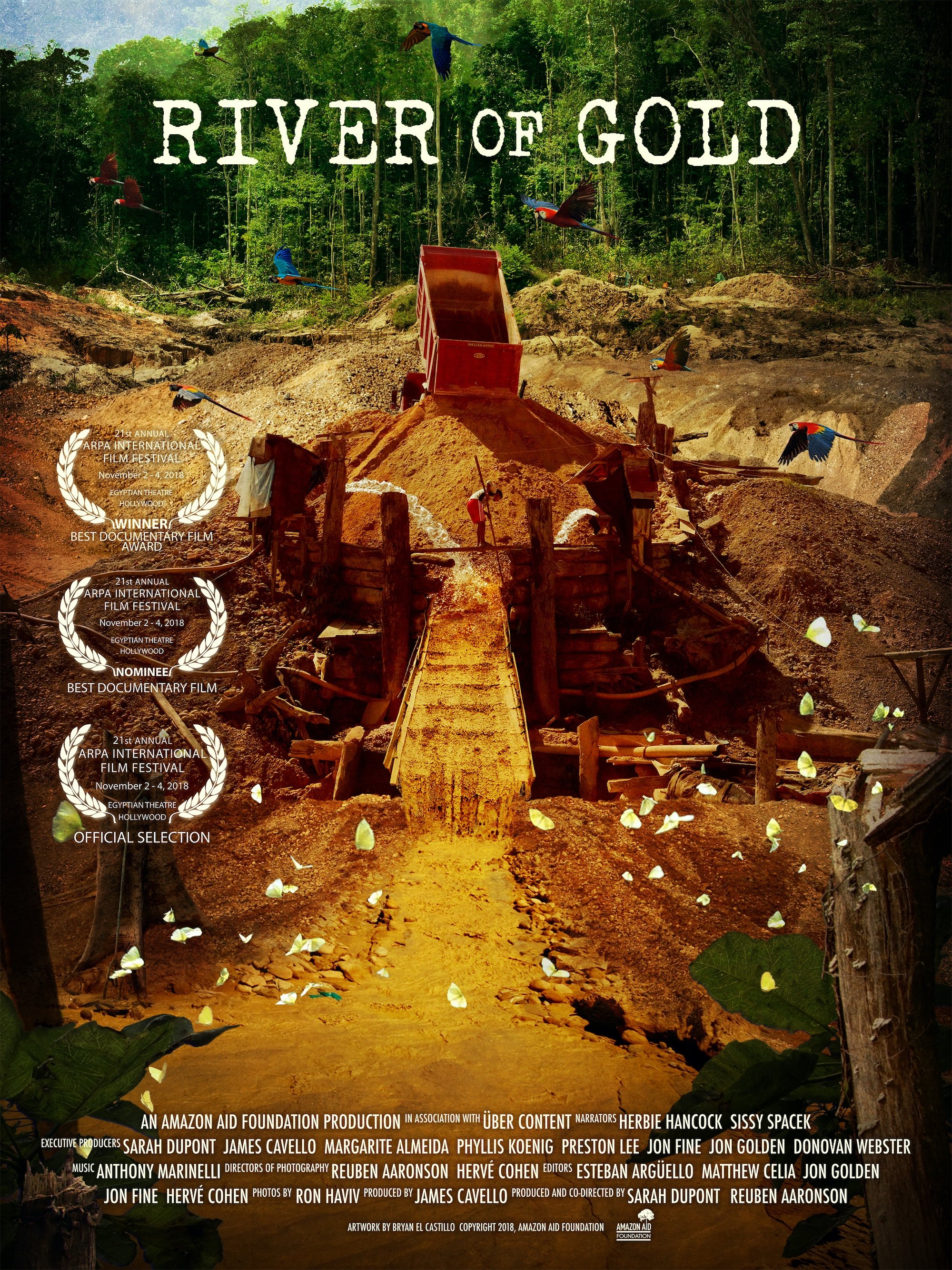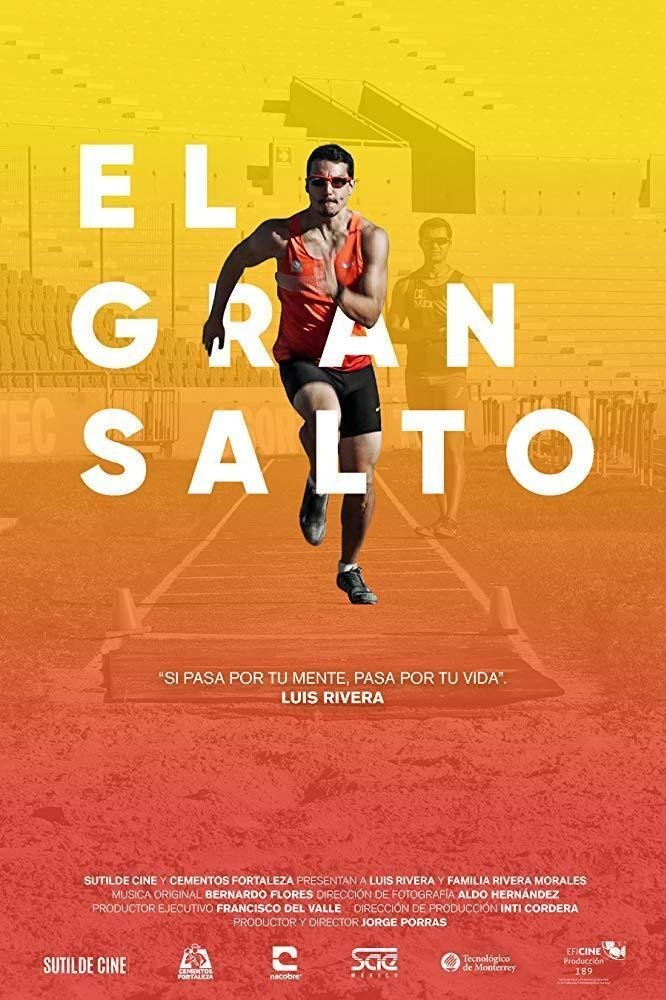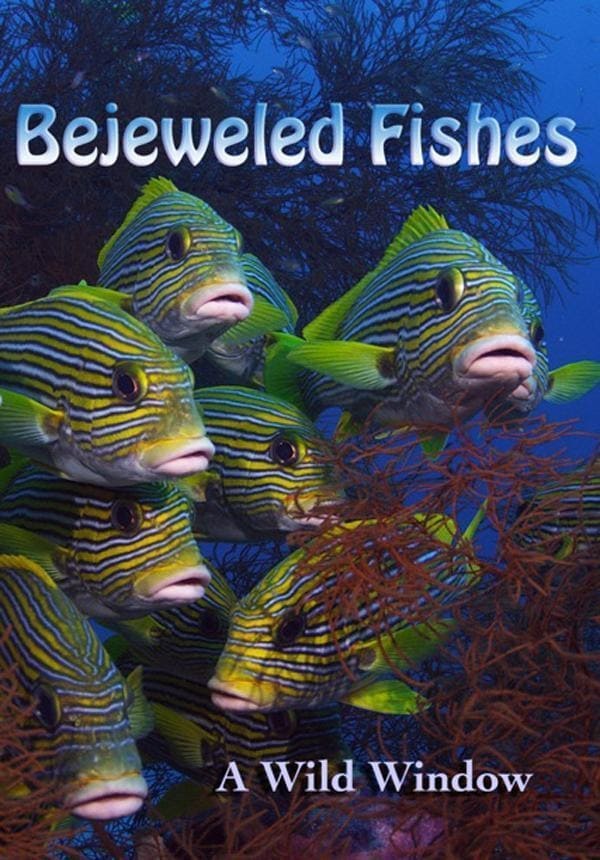
Reportero (2012)
Overview
On the road with experienced journalist Sergio Haro from the Mexican magazine Zeta. Risking his own life, the reporter of the Mexican weekly magazine tirelessly fights corruption and the drug cartels.
Production Companies
Additional Info
| Budget | $0.00 |
|---|---|
| Revenue | $0.00 |
| Original Language | es |
| Popularity | 0.2 |
Directed By
Bernardo Ruiz
TOP CAST
Similar Movies
American Ocelot
American Ocelot tells the story of one of the most endangered and beautiful wild cats in the United States — a species so elusive that high-quality images and video have never been captured until now. With fewer than 100 individuals remaining in the US, the ocelot is critically endangered, genetically isolated, and only exists in Texas.
Freelancer on the Front Lines
This fast-paced documentary follows Canadian freelance reporter Jesse Rosenfeld’s journey across the Middle East. Having made the region the focus of his work, he shows us the thorny geopolitical realities on the ground and explores how journalism practices have changed in the age of the Internet. From Egypt to Turkey and Iraq by way of Israel and Palestine, filmmaker Santiago Bertolino captures the ups and downs of a new kind of journalism in action.
Seven Years-Journalism without Journalist
A total of 17 journalists have been fired since 2008, the beginning of LEE Myung-bak’s presidential term. They fought against the companies that they worked for succumbing to power and are now frustrated at reality where censorship of the press by authority has now become a norm. Can they continue their activities as journalists?
Zapatista Women
April 1994 in the Lacandona Jungle, Chiapas, México. The Zapatista women talk about the living conditions of Mexican indigenous populations and the life of peasant women. They explain the reasons for their struggle and their uprising.
Control Room
A chronicle which provides a rare window into the international perception of the Iraq War, courtesy of Al Jazeera, the Arab world's most popular news outlet. Roundly criticized by Cabinet members and Pentagon officials for reporting with a pro-Iraqi bias, and strongly condemned for frequently airing civilian causalities as well as footage of American POWs, the station has revealed (and continues to show the world) everything about the Iraq War that the Bush administration did not want it to see.
Old Thieves: The Legend of Artegio
Is the story of a generation of thieves who achieved their greatest victories in the sixties; their distinctive code of ethics, the various categories of delinquents inhabiting the citys streets, their alliances with high ranking police officials that allowed them to operate, the betrayals that followed, and the price they ended up paying.
Songs of Injustice: Heavy Metal Music in Latin America
In this documentary film a team of researchers examine the social contexts that influenced the emergence and permanence of heavy metal music in Chile, Argentina, Mexico and Peru. Colonialism, dictatorships, terrorism and neoliberal exploitation serve as points of reference for how heavy metal in the region has been directly linked to each country's social and political context.
Meth Storm
As police and DEA agents battle sophisticated cartels, rural, economically-disadvantaged users and dealers–whose addiction to ICE and lack of job opportunities have landed them in an endless cycle of poverty and incarceration–are caught in the middle.
Emily Cat-alonian
Emiliana, a black kitten from Barcelona, has led a remarkable life. Having weathered a divorce, multiple relocations, and a move to a new country, she now dreams of returning to her beloved Spain. Her journey reflects resilience and a longing for home amidst the many changes she has faced.
A Place Called Chiapas
In 1994, the Zapatista National Liberation Army, made up of impoverished Mayan Indians from the state of Chiapas, took over five towns and 500 ranches in southern Mexico. The government deployed its troops and at least 145 people died in the ensuing battle. Filmmaker Nettie Wild travelled to the country's jungle canyons to film the elusive and fragile life of this uprising.
A War Story
In 1997, Osama bin Laden declared war on the USA and Pulitzer Prize winning CNN correspondent Peter Arnett embarked on a mission to locate and interview him. A War Story follows the dramatic events leading up to the interview and the Kiwi journalist's horror on 9/11, as he recalled bin Laden's veiled threats.
The Beksińskis. A Sound and Picture Album
Painter Zdzisław Beksiński, his wife Zofia and their son Tomasz, a well-known radio journalist and translator, were a typical and unconventional family, both at the same time. One of the father’s obsessions was filming himself and his family members. Using archival footage only, shot primarily by Zdzisław, as well many other materials, which have not been presented anywhere so far, the film tells a tragic story of the Beksińskis that has never ceased to fascinate Polish filmmakers.
Radio Silence
Mexico, March 2015. Carmen Aristegui, incorruptible journalist, has been fired from the radio station where she has worked for years. Supported by more than 18 million listeners, Carmen continues her fight. Her goal: raising awareness and fighting against misinformation. The film tells the story of this quest: difficult and dangerous, but essential to the health of democracy. A story in which resistance becomes a form of survival.
Writing with Fire
In a cluttered news landscape dominated by men, emerges India’s only newspaper run by Dalit women. Armed with smartphones, Chief Reporter Meera and her journalists break traditions on the frontlines of India’s biggest issues and within the confines of their own homes, redefining what it means to be powerful.
River of Gold
Narrated by Academy Award winners Sissy Spacek and Herbie Hancock, River of Gold is the disturbing account of a clandestine journey into Peru's Amazon rainforest to uncover the savage unraveling of pristine jungle. What will be the fate of this critical region of priceless biodiversity as these extraordinarily beautiful forests are turned into a hellish wasteland?
Wild Window: Bejeweled Fishes
Bejeweled Fishes captures the spectacular beauty of the myriad fishes inhabiting coral reefs of the Tropical and Eastern Pacific. This Wild Window was captured in the Maldives Islands, Fiji, the Philippines, Mexico, California, and Indonesia.

